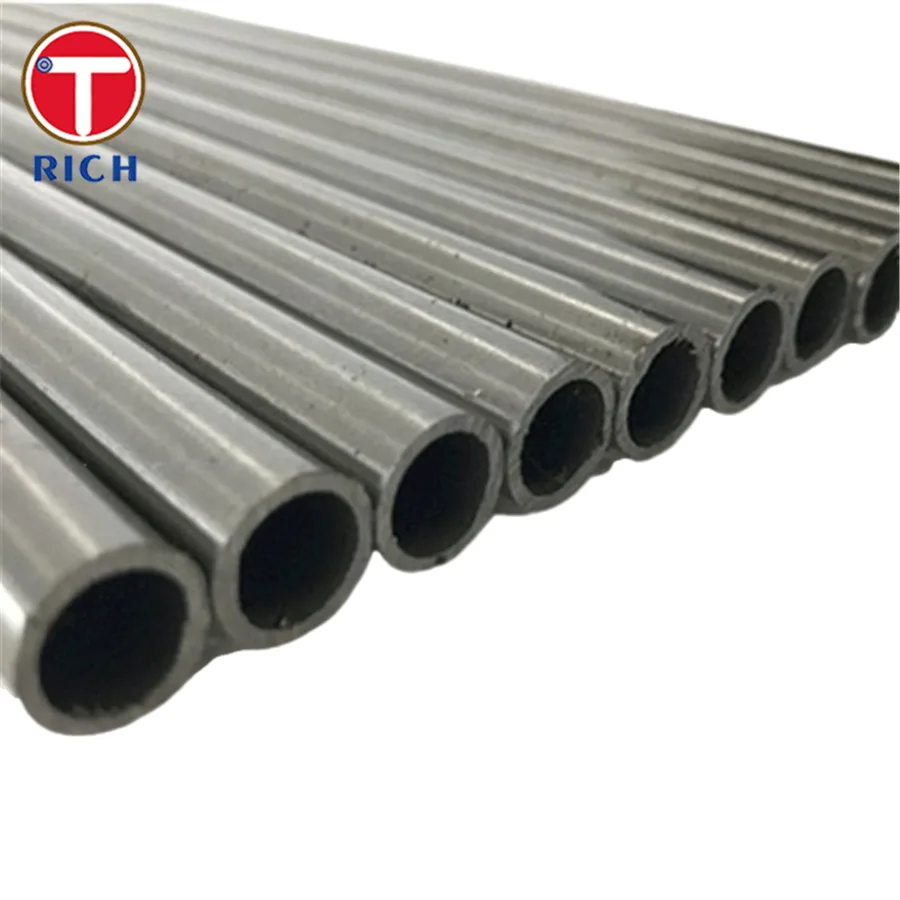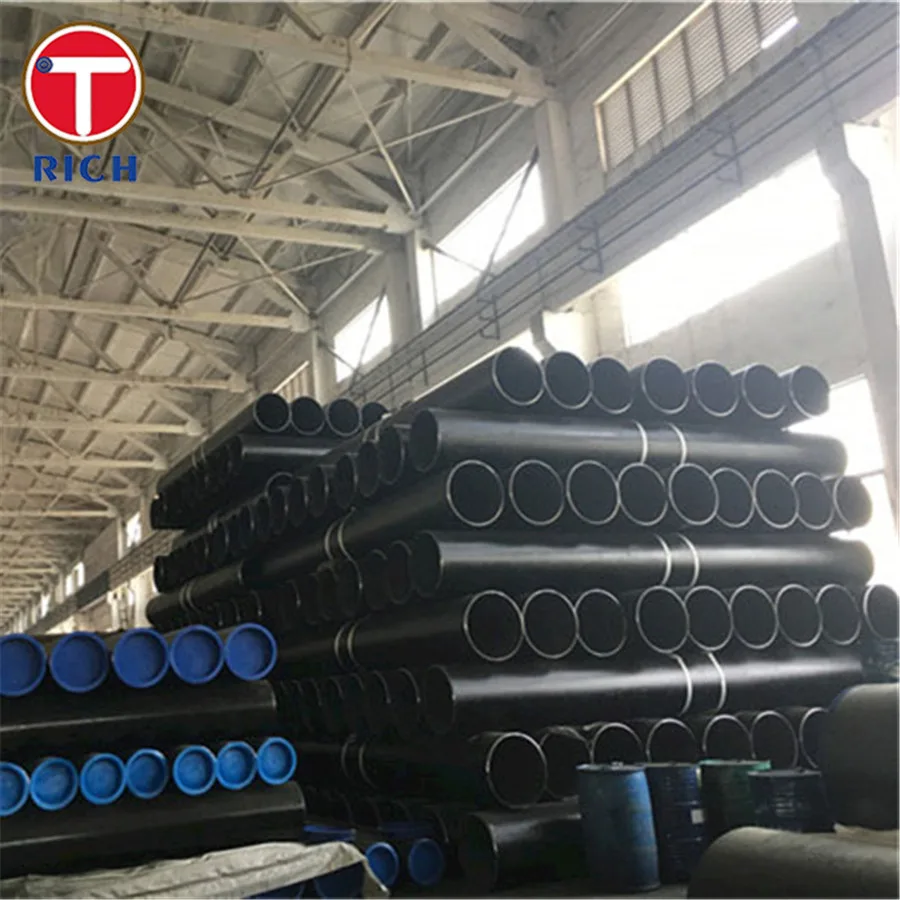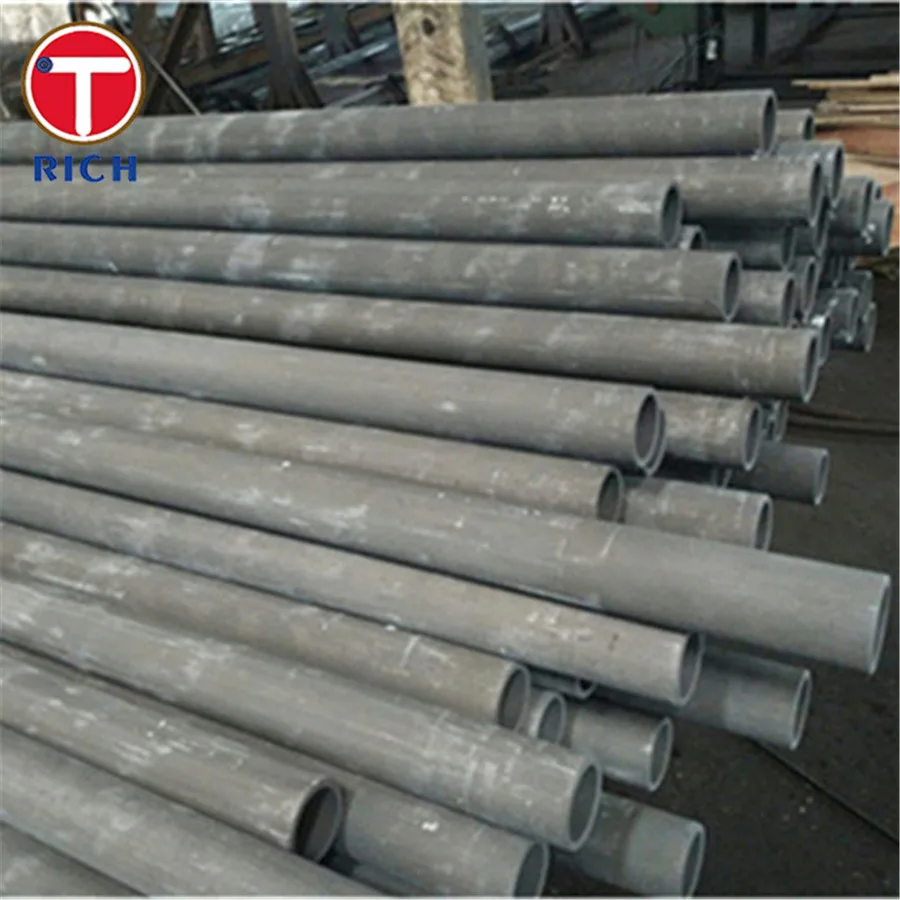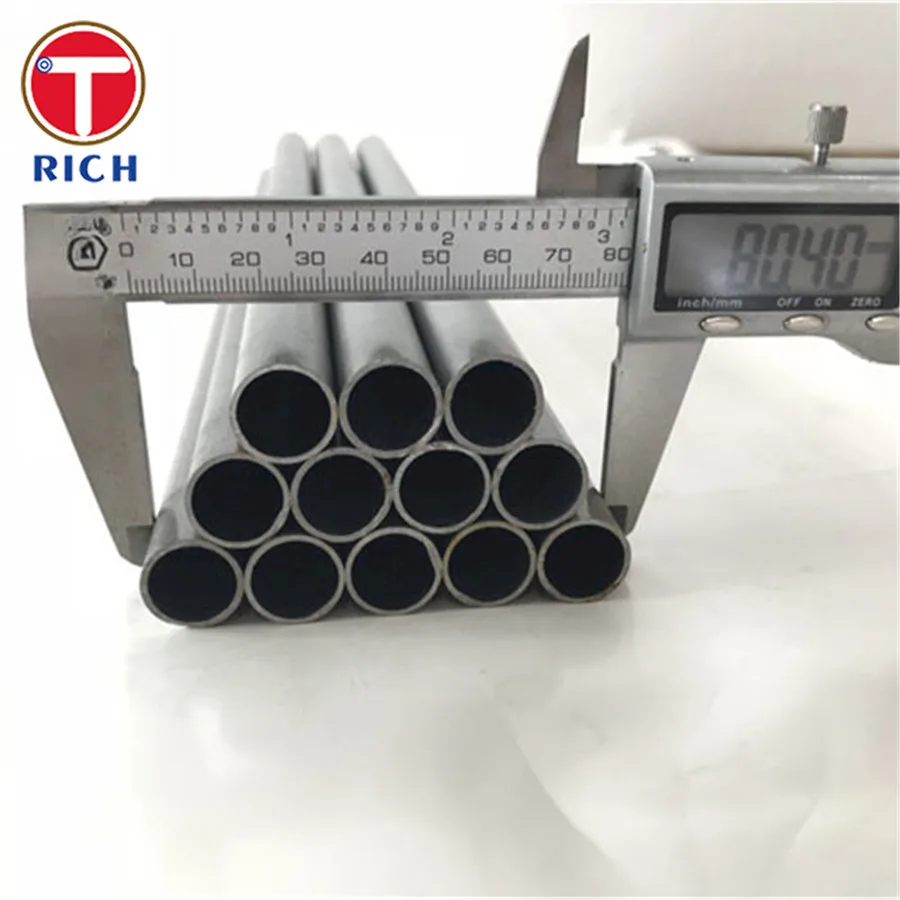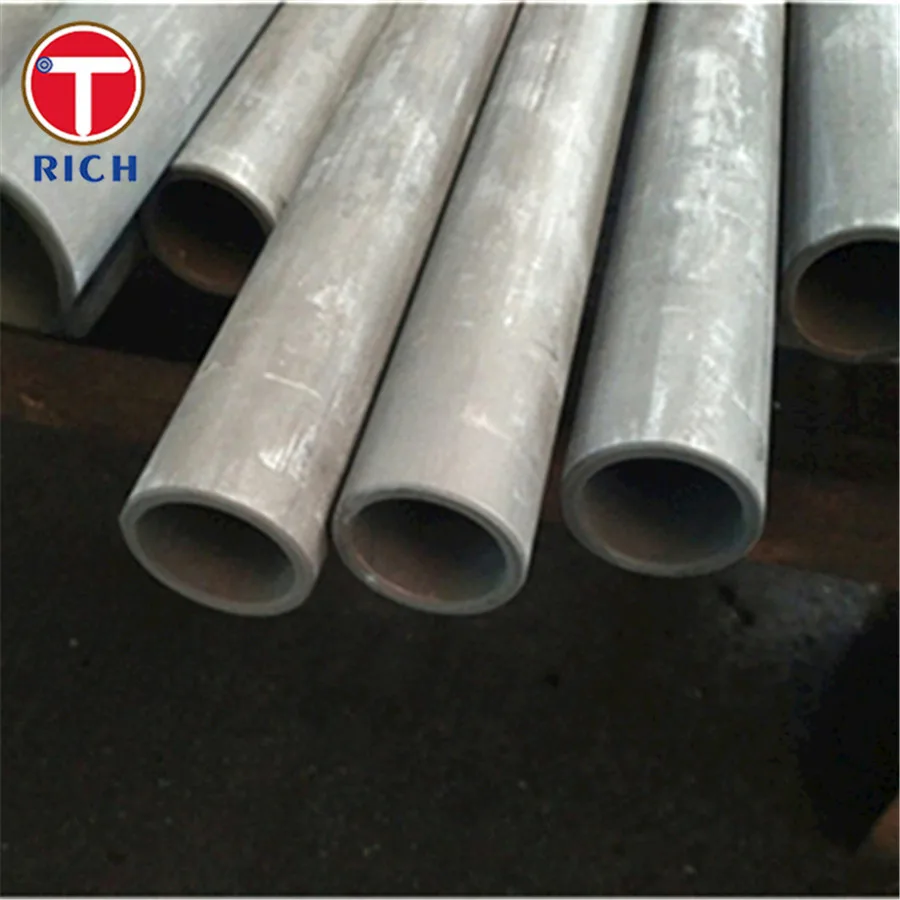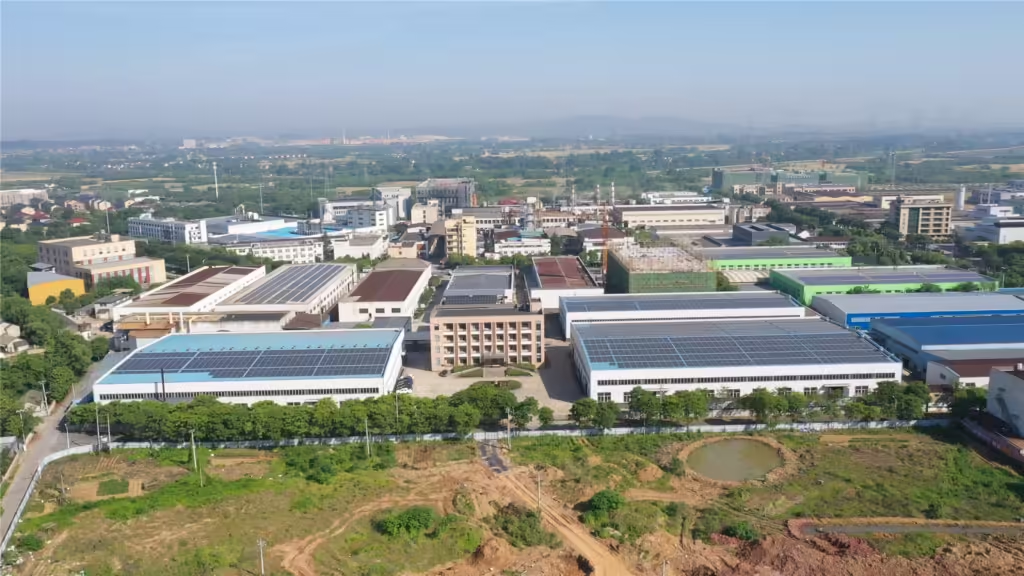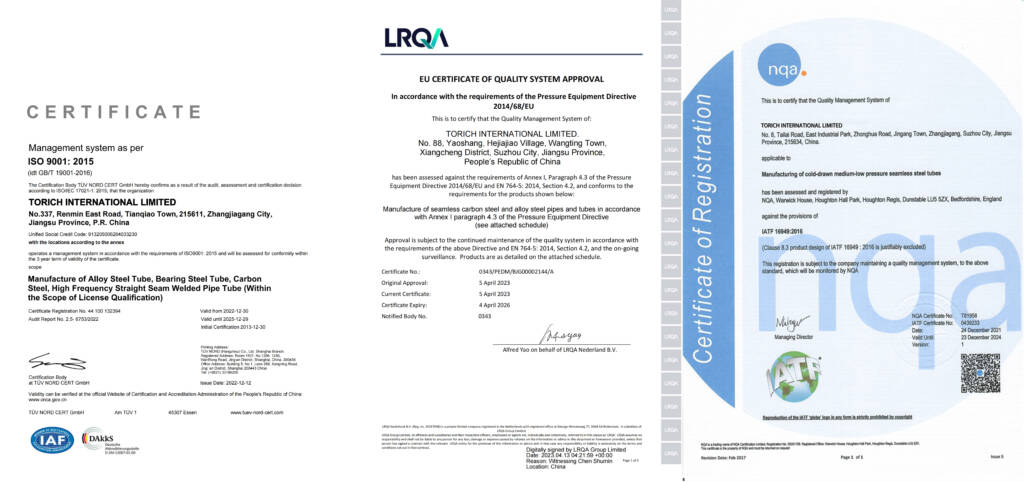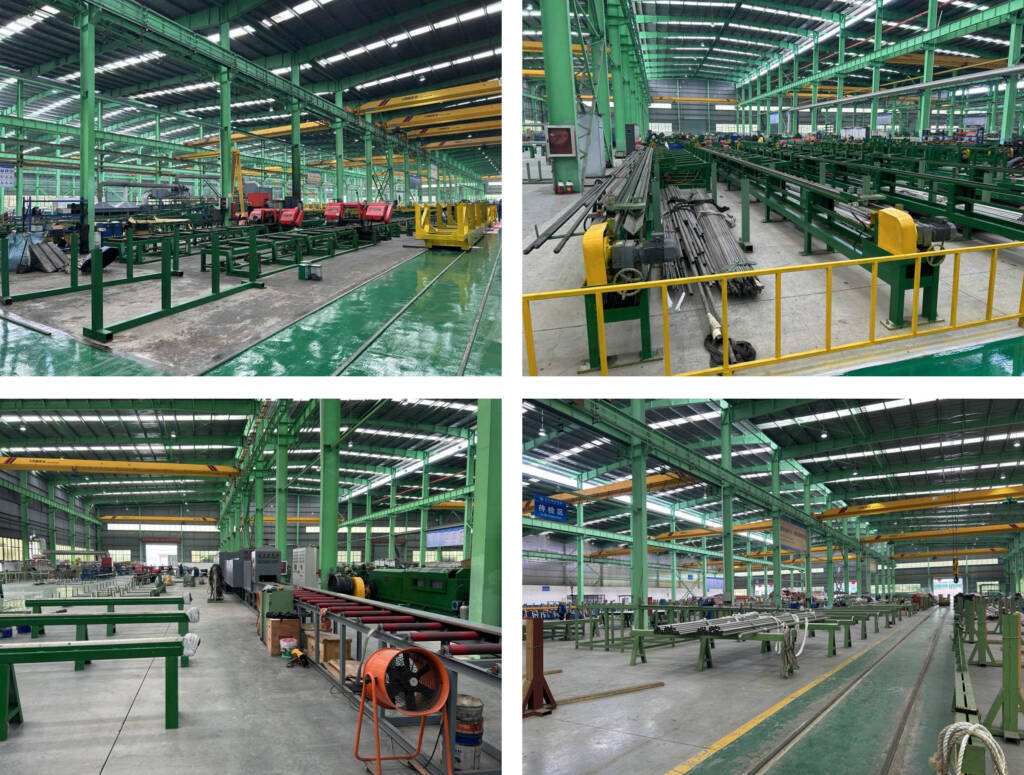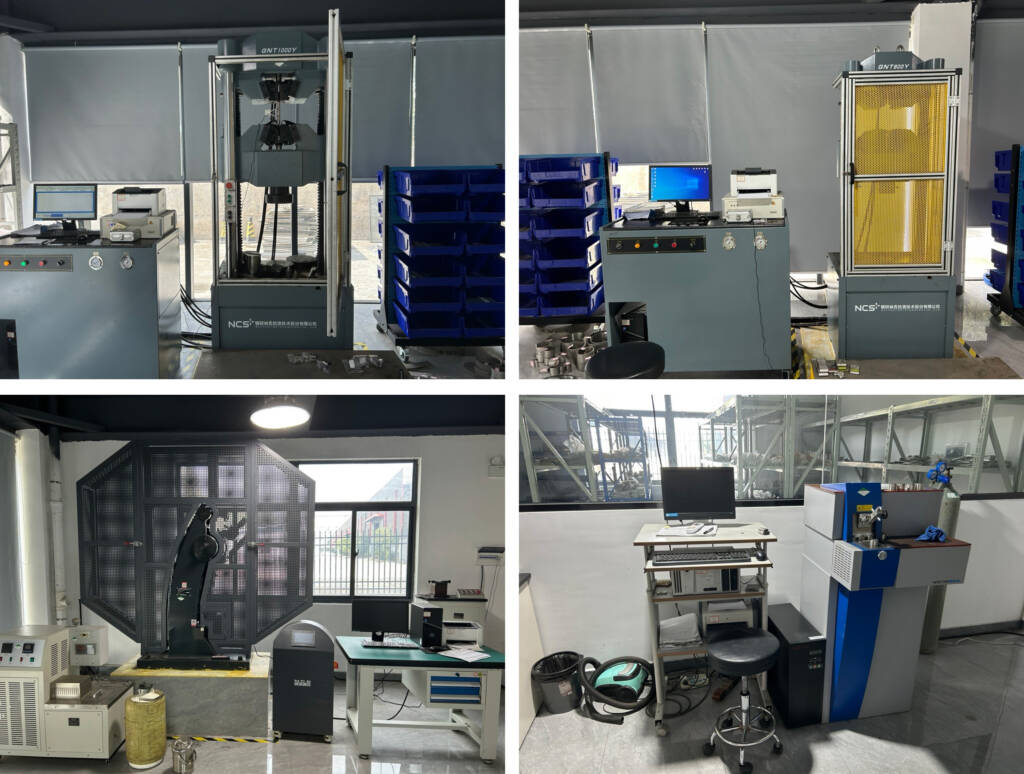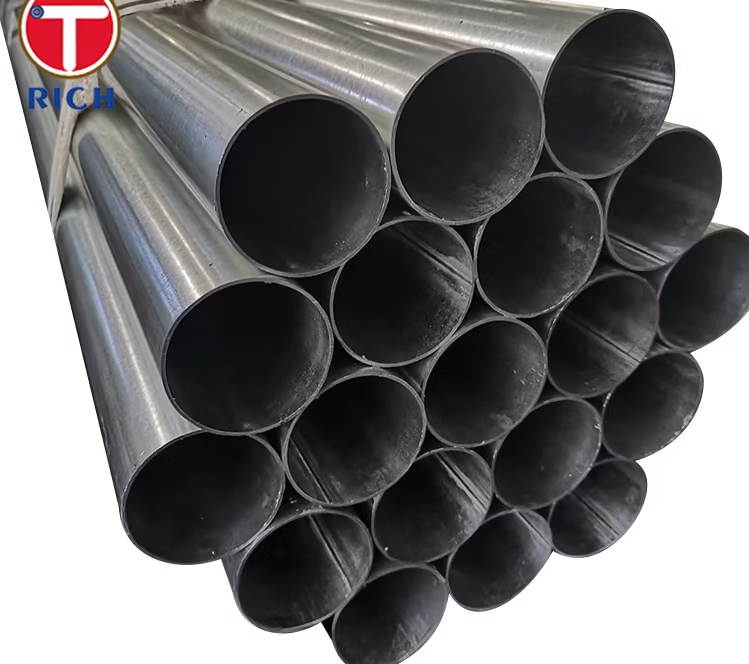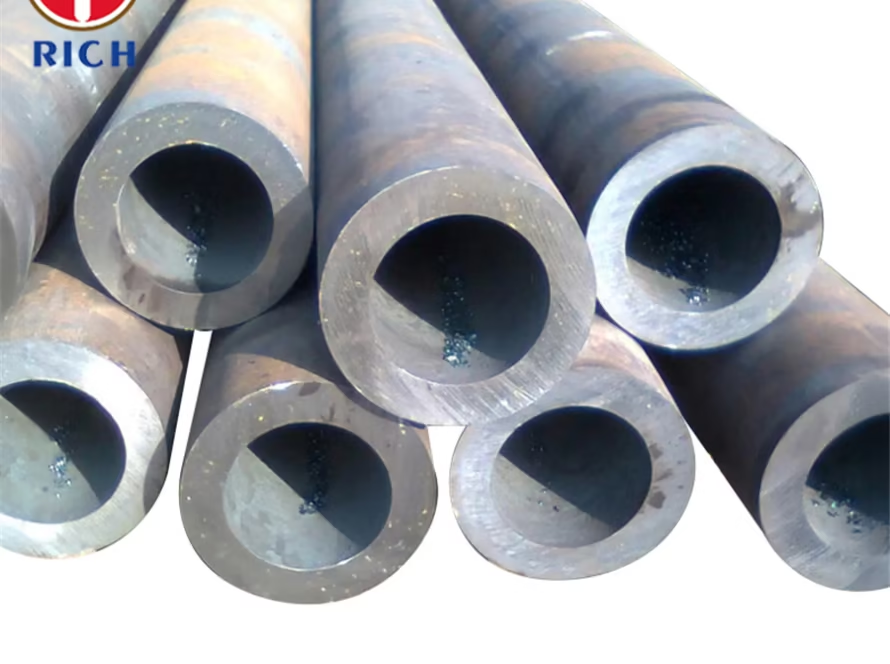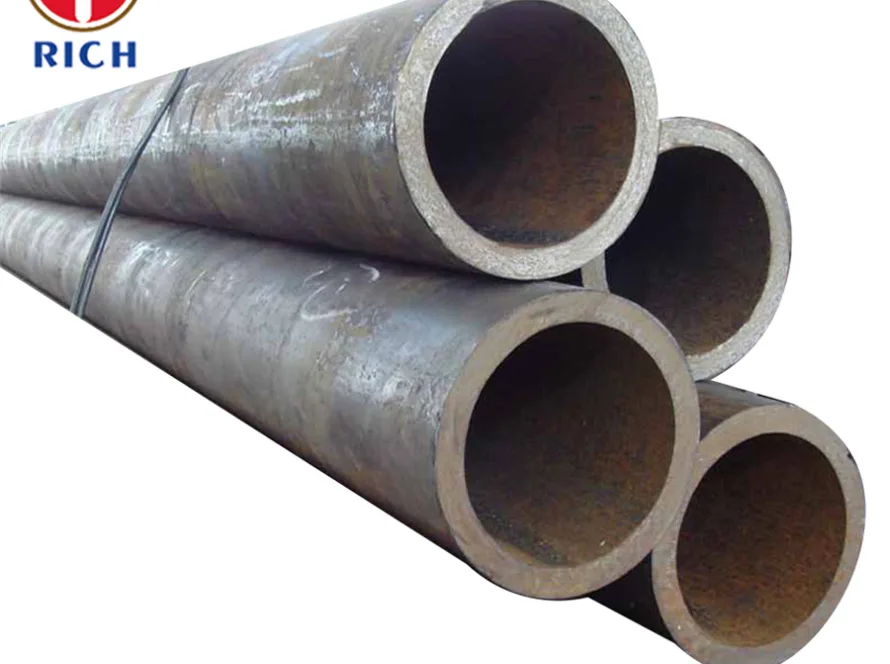Description
Carbon Steel Pipe ASTM A501
Introduction
Carbon steel pipes are widely used in various industries due to their durability, strength, and affordability. One such type of carbon steel pipe is ASTM A501. In this article, we will explore the material, specification, key features, chemical composition, mechanical properties, steel grade, applications, and possible alternative grades of ASTM A501 carbon steel pipes.
Material and Specification
ASTM A501 is a standard specification for hot-formed welded and seamless carbon steel structural tubing. This specification covers round, square, rectangular, and special shape tubing. The material used in ASTM A501 pipes is carbon steel, which ensures high strength and excellent weldability.
Key Features
The key features of ASTM A501 carbon steel pipes are as follows:
- High Strength: ASTM A501 pipes are known for their exceptional strength, making them suitable for various structural applications.
- Weldability: The carbon steel material used in ASTM A501 pipes offers excellent weldability, allowing for easy fabrication and installation.
- Versatility: ASTM A501 pipes are available in different shapes and sizes, including round, square, rectangular, and special shapes, providing versatility in design and application.
- Cost-effective: Carbon steel is an affordable material, making ASTM A501 pipes a cost-effective choice for many industries.
Chemical Composition
| Element | Composition (%) |
|---|---|
| Carbon (C) | 0.26 max |
| Manganese (Mn) | 0.60 – 1.20 |
| Phosphorus (P) | 0.035 max |
| Sulfur (S) | 0.035 max |
Mechanical Properties
| Property | Value |
|---|---|
| Tensile Strength | 58,000 psi min |
| Yield Strength | 36,000 psi min |
| Elongation | 23% min |
Steel Grade
ASTM A501 carbon steel pipes are available in one grade:
- Grade A: This grade offers a minimum tensile strength of 58,000 psi and a minimum yield strength of 36,000 psi.
Application
ASTM A501 carbon steel pipes find applications in various industries, including:
- Structural Engineering: These pipes are widely used in the construction of buildings, bridges, and other structural components.
- Infrastructure: ASTM A501 pipes are used in the fabrication of infrastructure projects such as highways, railways, and airports.
- Industrial Equipment: They are utilized in the manufacturing of industrial equipment, including machinery, conveyors, and storage systems.
- Oil and Gas: ASTM A501 pipes are suitable for transporting oil, gas, and other fluids in the energy sector.
Possible Alternative Grades
While ASTM A501 is a widely used specification for carbon steel pipes, there are alternative grades available for specific applications. Some possible alternative grades include:
- ASTM A500: This specification covers cold-formed welded and seamless carbon steel structural tubing, offering similar strength and versatility.
- ASTM A53: A commonly used specification for black and hot-dipped, zinc-coated, welded, and seamless steel pipes, suitable for various applications.
- ASTM A106: This specification covers seamless carbon steel pipes for high-temperature service, commonly used in power plants and refineries.
It is important to consult with industry experts and consider specific project requirements when selecting an alternative grade to ASTM A501.


